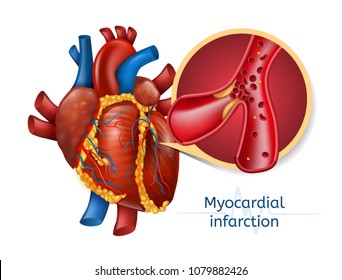Respiratory acidosis is associated with:
Increased neuromuscular excitability
Increased carbonic acid
Increased pH
Hypokalemia
The Correct Answer is B
Choice A Reason:
Increased neuromuscular excitability is not typically associated with respiratory acidosis. Instead, respiratory acidosis can lead to symptoms such as confusion, fatigue, and shortness of breath due to the buildup of carbon dioxide in the blood. Neuromuscular excitability is more commonly associated with conditions like hypocalcemia.
Choice B Reason:
This is the correct answer. Respiratory acidosis occurs when the lungs cannot remove enough carbon dioxide (CO2) from the body, leading to an accumulation of CO2 in the blood. This increase in CO2 results in the formation of carbonic acid, which lowers the pH of the blood. The elevated levels of carbonic acid are a hallmark of respiratory acidosis.
Choice C Reason:
Increased pH is not associated with respiratory acidosis. In fact, respiratory acidosis is characterized by a decrease in blood pH due to the accumulation of carbon dioxide and the subsequent increase in carbonic acid. Therefore, this choice is incorrect.
Choice D Reason:
Hypokalemia, or low potassium levels, is not typically associated with respiratory acidosis. Instead, respiratory acidosis can sometimes lead to hyperkalemia (high potassium levels) due to the shift of potassium out of cells in response to the acidotic state. Therefore, this choice is incorrect.

Nursing Test Bank
Naxlex Comprehensive Predictor Exams
Related Questions
Correct Answer is B
Explanation
Choice A Reason:
Oxygenation of the cells is a necessary process during reperfusion, but it is not the direct cause of reperfusion injury. The injury occurs due to the sudden influx of oxygen, which leads to the formation of reactive oxygen species (ROS) or free radicals. These free radicals cause oxidative stress and damage to the myocardial cells.
Choice B Reason:
Free radical formation is the primary mechanism behind reperfusion injury. When blood flow is restored to the ischemic myocardium, the sudden reintroduction of oxygen leads to the production of free radicals. These free radicals cause significant oxidative damage to the cell membranes, proteins, and DNA, exacerbating the injury to the heart tissue.
Choice C Reason:
An increased metabolic state can occur during reperfusion as the cells attempt to recover from ischemia. However, it is not the direct cause of reperfusion injury. The primary issue is the oxidative stress caused by free radicals, not the metabolic changes themselves.
Choice D Reason:
Lactic acid build-up is a consequence of anaerobic metabolism during the ischemic period, not a cause of reperfusion injury. During ischemia, cells switch to anaerobic metabolism, leading to lactic acid accumulation. However, once oxygen is reintroduced, the focus shifts to the oxidative damage caused by free radicals rather than lactic acid.

Correct Answer is D
Explanation
Choice A Reason:
Tertiary prevention focuses on managing and mitigating the complications of an existing disease to prevent further deterioration. For obesity, this might involve interventions like bariatric surgery or intensive management of comorbid conditions such as diabetes or cardiovascular disease. In this scenario, the goal is not to prevent the onset of disease but to manage its long-term effects and improve quality of life.
Choice B Reason:
Disease treatment refers to the direct management of a diagnosed condition. For a diabetic teen, this could include medications like insulin or metformin, regular monitoring of blood glucose levels, and other medical interventions to control diabetes. While a low-calorie diet and exercise are important components of diabetes management, they are more aligned with preventive measures rather than direct treatment.
Choice C Reason:
Secondary prevention aims to detect and address a disease early in its course to prevent progression. This might include screening programs, early interventions, and lifestyle modifications for individuals at high risk of developing a condition. In the context of diabetes, secondary prevention could involve regular blood glucose monitoring and early dietary changes to prevent the progression from prediabetes to diabetes.
Choice D Reason:
Primary prevention involves measures taken to prevent the onset of a disease before it occurs. This includes lifestyle interventions such as a healthy diet, regular physical activity, and maintaining a healthy weight. For an obese diabetic teen, a prescription for a low-calorie diet and exercise program is aimed at preventing further weight gain and reducing the risk of developing additional health complications, making it a primary prevention strategy.
Whether you are a student looking to ace your exams or a practicing nurse seeking to enhance your expertise , our nursing education contents will empower you with the confidence and competence to make a difference in the lives of patients and become a respected leader in the healthcare field.
Visit Naxlex, invest in your future and unlock endless possibilities with our unparalleled nursing education contents today
Report Wrong Answer on the Current Question
Do you disagree with the answer? If yes, what is your expected answer? Explain.
Kindly be descriptive with the issue you are facing.
